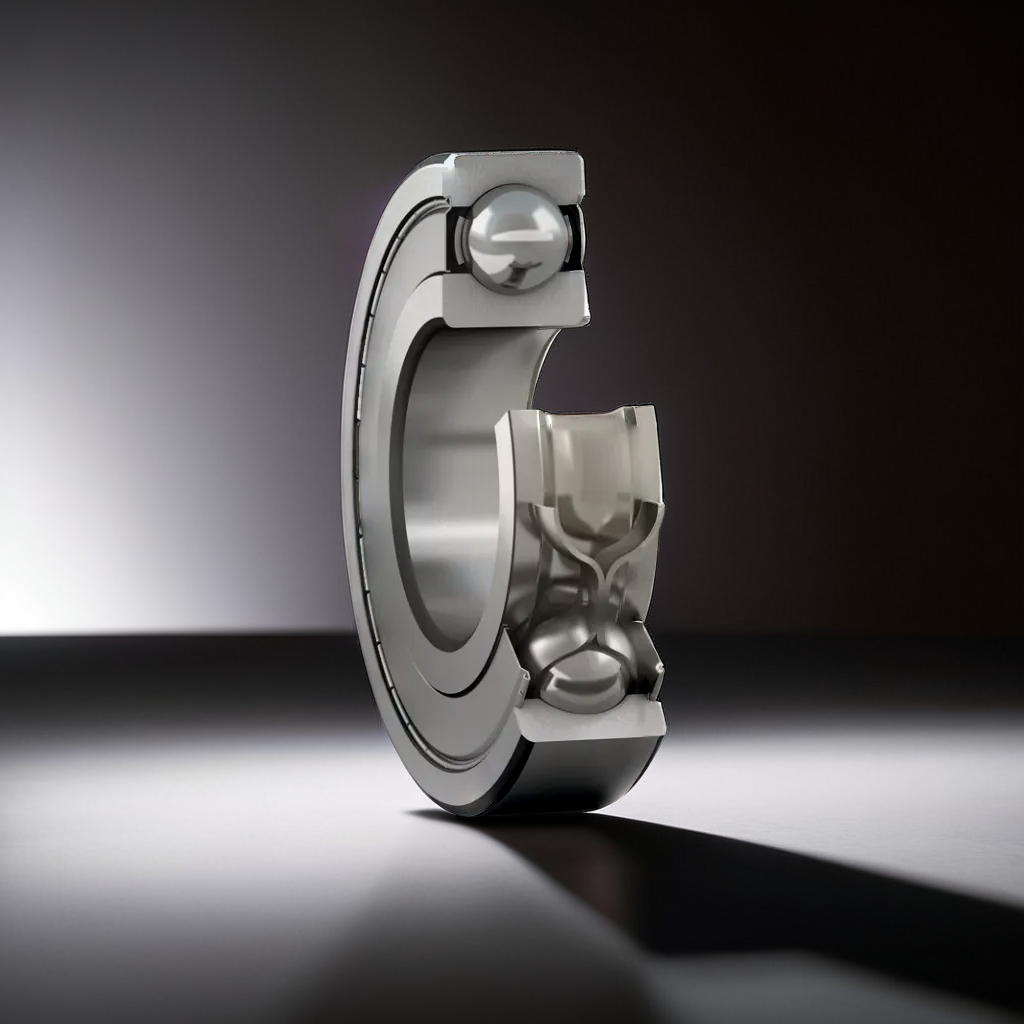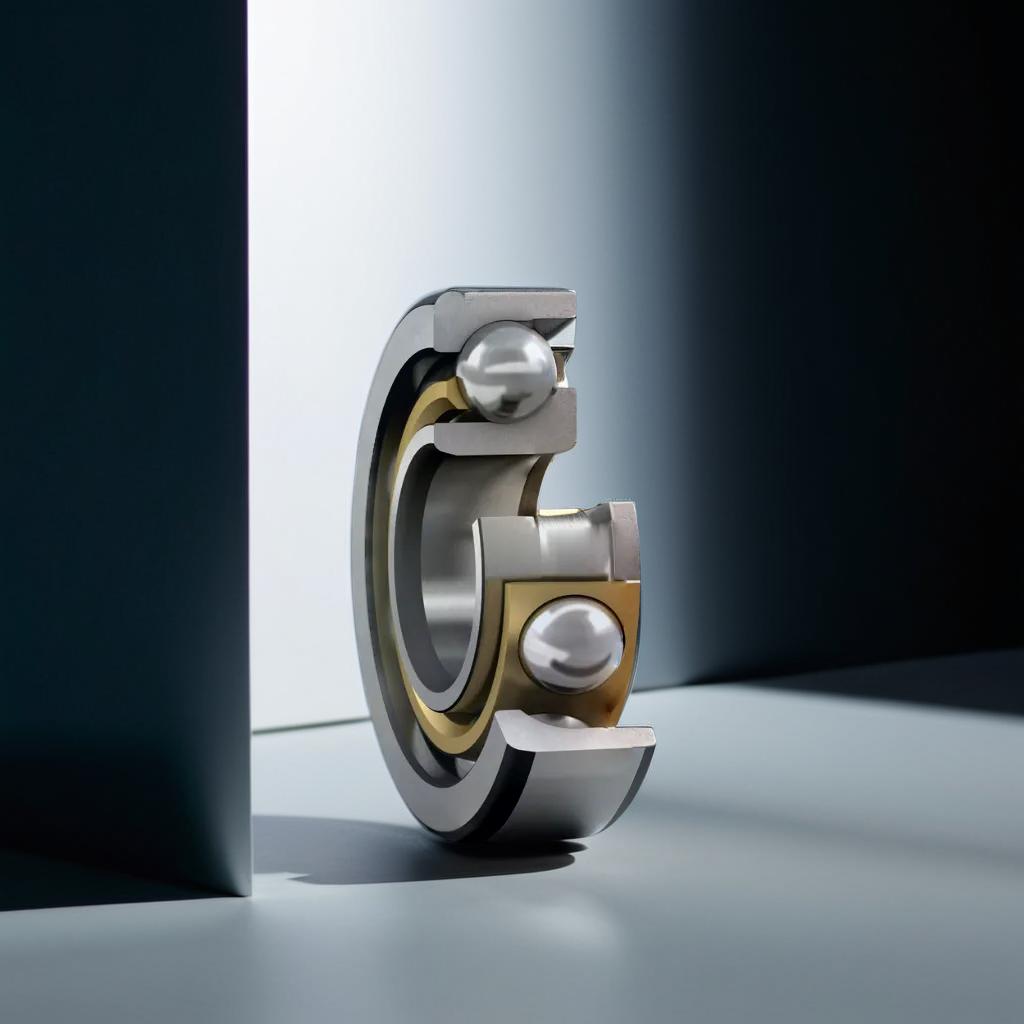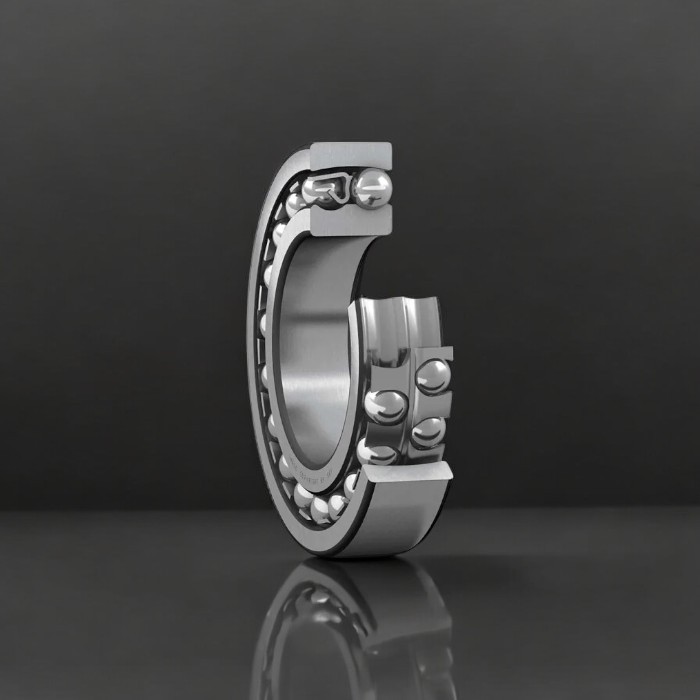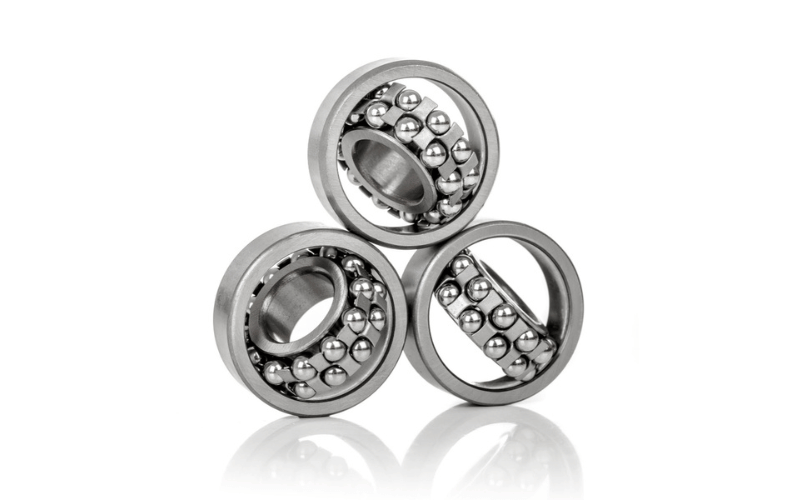Heavy machinery forms the backbone of numerous industries, from construction and mining to manufacturing and agriculture. At the heart of these powerful machines lie crucial components that ensure smooth operation and longevity – ball bearings. In this blog, we’ll explore how ball bearings are used in heavy machinery to prevent common failures and enhance overall performance.
The Critical Role of Ball Bearings in Heavy Machinery
Ball bearings uses are indispensable components in heavy machinery, serving several vital functions:
- Reducing friction between moving parts
- Supporting radial and axial loads
- Ensuring smooth rotation and movement
- Enhancing efficiency and reducing energy consumption
- Extending the lifespan of machinery components
By fulfilling these roles, ball bearings contribute significantly to the reliability and durability of heavy equipment.
Types of Ball Bearings Used in Heavy Machinery
Different types of ball bearings are employed in heavy machinery, each suited for specific applications:
Deep Groove Ball Bearings

Angular Contact Ball Bearings

Self-Aligning Ball Bearings

Thrust Ball Bearings

Preventing Common Failures in Heavy Machinery
By strategically using ball bearings, many common failures in heavy machinery can be prevented or mitigated. Here are some key strategies:
1. Proper Bearing Selection
Choosing the right type and size of bearing for each application is crucial. Factors to consider include:
- Load requirements (radial and axial)
- Environmental conditions
- Space constraints
Proper selection ensures that bearings can handle the specific demands of each application, reducing the risk of premature failure.
2. Effective Lubrication
Lubrication is vital for preventing bearing failure. It reduces friction, dissipates heat, and protects against corrosion. Key considerations include:
- Selecting the appropriate lubricant for the application
- Maintaining proper lubrication levels
- Implementing regular lubrication schedules
Effective lubrication can significantly extend bearing life and prevent common failures due to inadequate or contaminated lubricant.
3. Proper Installation
Correct installation is critical for optimal bearing performance. This includes:
- Ensuring proper alignment
- Using appropriate tools and techniques
- Following manufacturer guidelines for fitting and tolerances
Improper installation can lead to misalignment, increased vibration, and premature failure.
4. Regular Maintenance and Monitoring
Implementing a proactive maintenance strategy is key to preventing bearing failures. This includes:
- Regular inspections
- Vibration analysis
- Temperature monitoring
- Periodic replacement of bearings based on their expected lifespan
By detecting potential issues early, maintenance teams can address problems before they lead to catastrophic failures.
5. Contamination Control
Protecting bearings from contamination is crucial, especially in harsh environments. Strategies include:
- Using effective seals and shields
- Implementing proper filtration systems
- Maintaining clean work environments during maintenance and installation
Contamination can lead to accelerated wear and premature failure, making its control a priority in heavy machinery applications.
Conclusion
The ball bearings uses in heavy machinery is crucial for preventing common failures, enhancing performance, and extending equipment lifespan. By implementing proper selection, installation, maintenance, and contamination control strategies, businesses can significantly reduce downtime and maintenance costs associated with bearing failures.
To ensure the highest level of reliability and performance in your heavy machinery, it’s essential to partner with a trusted supplier of authentic, high-quality bearings. KG India offers a comprehensive range of ball bearings suitable for all types of heavy machinery across various industries. Our expertise in bearing technology and commitment to quality make us the ideal partner for businesses looking to optimize their equipment performance and reliability.
Don’t compromise on the critical components that keep your heavy machinery running smoothly. Partner with KG India today for all your ball bearing needs and experience the difference that quality and expertise can make in your operations. Contact us to learn more about our products and how we can support your specific applications.


